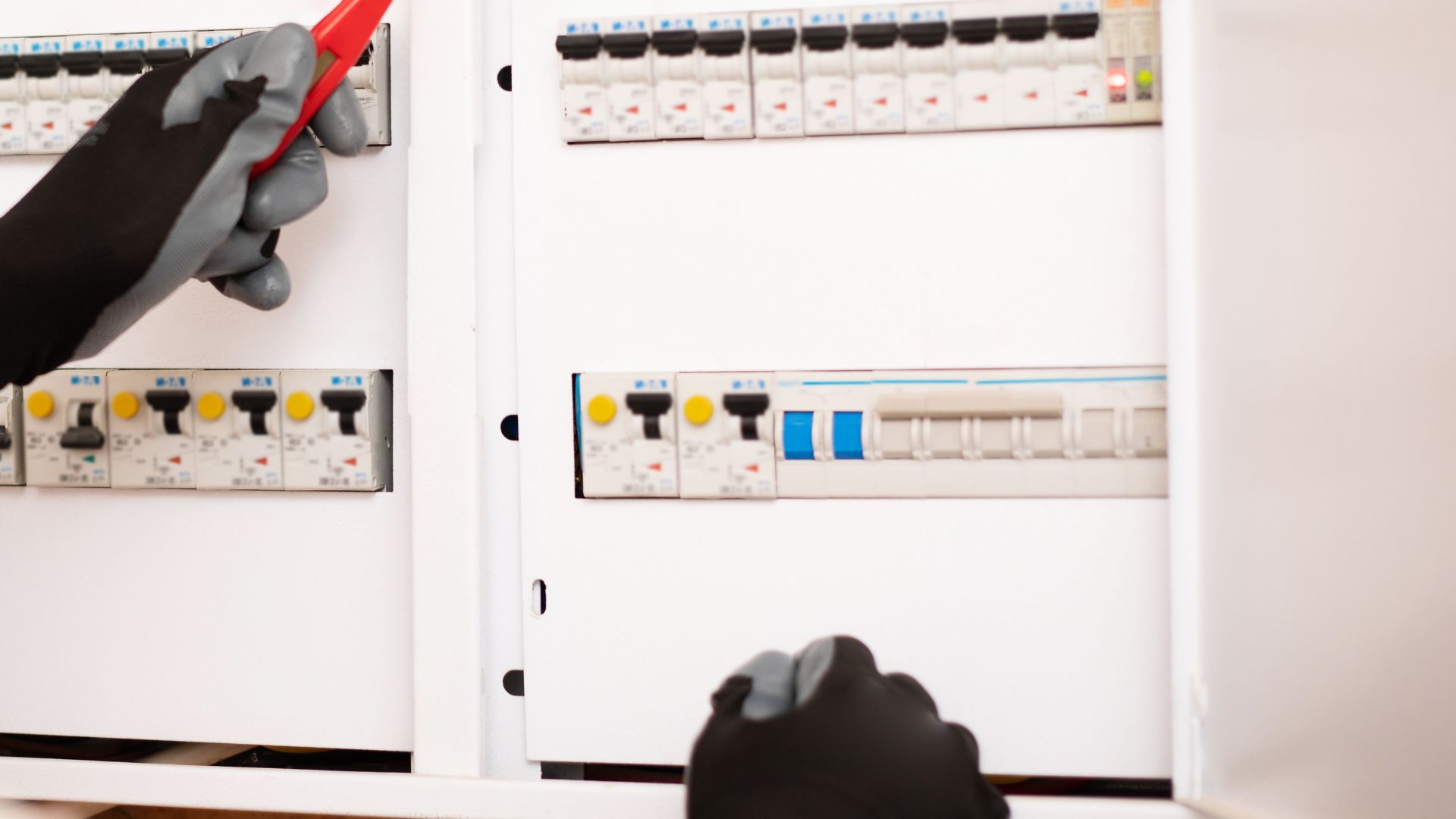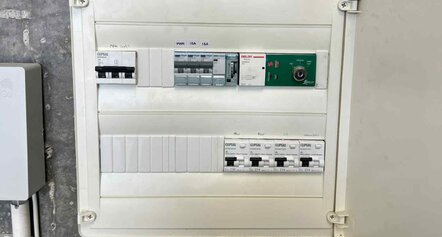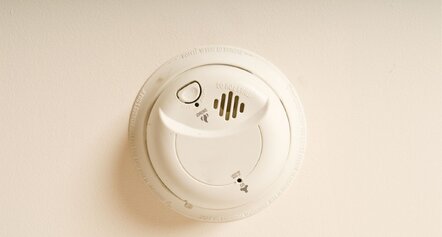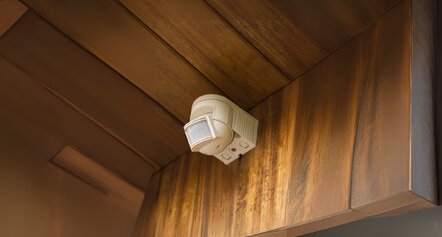Starting 1 January 2025, all residential switchboards in Queensland must comply with updated regulations under the Electrical Safety and Other Legislation Amendment Regulation 2024 and the AS/NZS 3000:2018 Wiring Rules. These changes are being introduced to reduce electrical hazards in homes, improve occupant safety, and bring older properties in line with modern safety standards.
The updated requirements apply to:
- New homes and dwellings under construction
- Existing properties undergoing electrical work, such as circuit additions or renovations
- Any switchboard being repaired, relocated, or upgraded
Even if you're not planning electrical upgrades now, non-compliance can become a problem when selling or leasing your property. Insurance claims may also be affected if a fault occurs and your switchboard is found to be outdated or unsafe. The best course of action is to be proactive-have your board checked by a licensed electrician and upgrade where needed to avoid costly problems down the track.
Why Switchboards Matter
Your switchboard is more than just a box of switches-it's the central control panel for all the electricity flowing through your home. It distributes power to every light, outlet, and appliance while monitoring and managing electrical load. A well-maintained, compliant switchboard ensures your household's circuits operate safely and efficiently.

An outdated or faulty switchboard may lack basic safety features, including Residual Current Devices (RCDs), circuit breakers, or surge protection. These missing protections significantly increase the risk of electric shock, electrical fires, and damage to electronic devices.
A non-compliant switchboard can also create legal and financial risks. Insurers may reject claims caused by preventable electrical faults, and properties with unsafe electrical systems can be flagged during building inspections. If you're a landlord, the law requires rental properties to meet safety standards, including having RCDs installed on all circuits.
Keeping your switchboard up to standard isn't just about compliance-it's about protecting the people and property that matter most.
What's Changing in 2025?
The Electrical Safety and Other Legislation Amendment Regulation 2024, combined with the AS/NZS 3000:2018 Wiring Rules, outlines the new requirements. As of 1 January 2025, all new switchboard installations and alterations must meet these updated standards.
Here's what a compliant switchboard must include:
1. Safety Switches (RCDs) on Every Circuit
Every power and lighting circuit must now have a safety switch (RCD) installed. These devices instantly cut power if they detect a fault, protecting people from electrocution. If your home doesn't have RCDs on all circuits, it's time to upgrade.
2. RCBOs Are Preferred
Most modern upgrades now use RCBOs, which combine the functions of a safety switch and a circuit breaker in one. They offer both shock protection and overload protection, keeping each circuit safe from both electrocution and electrical fires.
3. No More Ceramic Fuses
Old-style rewirable fuses and ceramic fuse holders are no longer compliant. These must be replaced with modern circuit breakers or RCBOs that trip automatically in the event of a fault.
4. Asbestos-Free Backing
Some older switchboards were built using asbestos-containing materials. These are now banned. If your board contains asbestos, it must be professionally removed and replaced with safe, compliant backing.
5. Clear Labelling
Every circuit must be clearly labelled so it's easy to identify during maintenance or emergencies. Illegible or missing labels are considered non-compliant.
6. Easily Accessible Location
Switchboards must be in an accessible spot with no obstructions. This ensures power can be safely turned off in an emergency.
7. Main Switch for Isolation
Every board must include a clearly marked main switch. This allows complete power isolation and is especially important for safe access to roof spaces under Queensland law.
8. Surge Protection (Recommended)
While not mandatory for every installation, surge protection devices are strongly recommended. These protect appliances and electronics from voltage spikes caused by storms or grid issues.
Do You Need to Upgrade?
If your home has any of the following, it's likely non-compliant:
- Ceramic or rewirable fuses
- No RCDs or RCBOs on power or lighting circuits
- Unlabelled or poorly labelled circuits
- Asbestos backing inside the board
- No main switch for isolation
- Switchboard hidden or difficult to access
Even if your switchboard was legal when installed, it may not meet the 2025 requirements. You don't need to upgrade unless you're modifying or adding circuits, but doing so early can save you from last-minute costs and improve safety.
Why It's Worth Upgrading Now
Upgrading your switchboard brings immediate and long-term benefits:
- Protects your family from electrical hazards
- Meets the latest Queensland standards
- Avoids legal or insurance issues
- Reduces the risk of appliance damage
Increases your home's resale or rental appeal
Who Can Do the Work?

Only a licensed electrician can upgrade your switchboard. If asbestos is present, removal must be handled by a licensed asbestos removalist.
A professional will ensure that your new board meets all legal and safety requirements, including those under AS/NZS 3000:2018.
Book an Inspection Today
If you're unsure whether your switchboard complies with the latest laws, book a compliance check with a qualified electrician. Upgrading early puts you ahead of the 2025 changes and gives you peace of mind.
If you are on the Sunshine Coast and need a switchboard expert, talk to our team at Watt Edge Electrical today!




